Premium Only Content
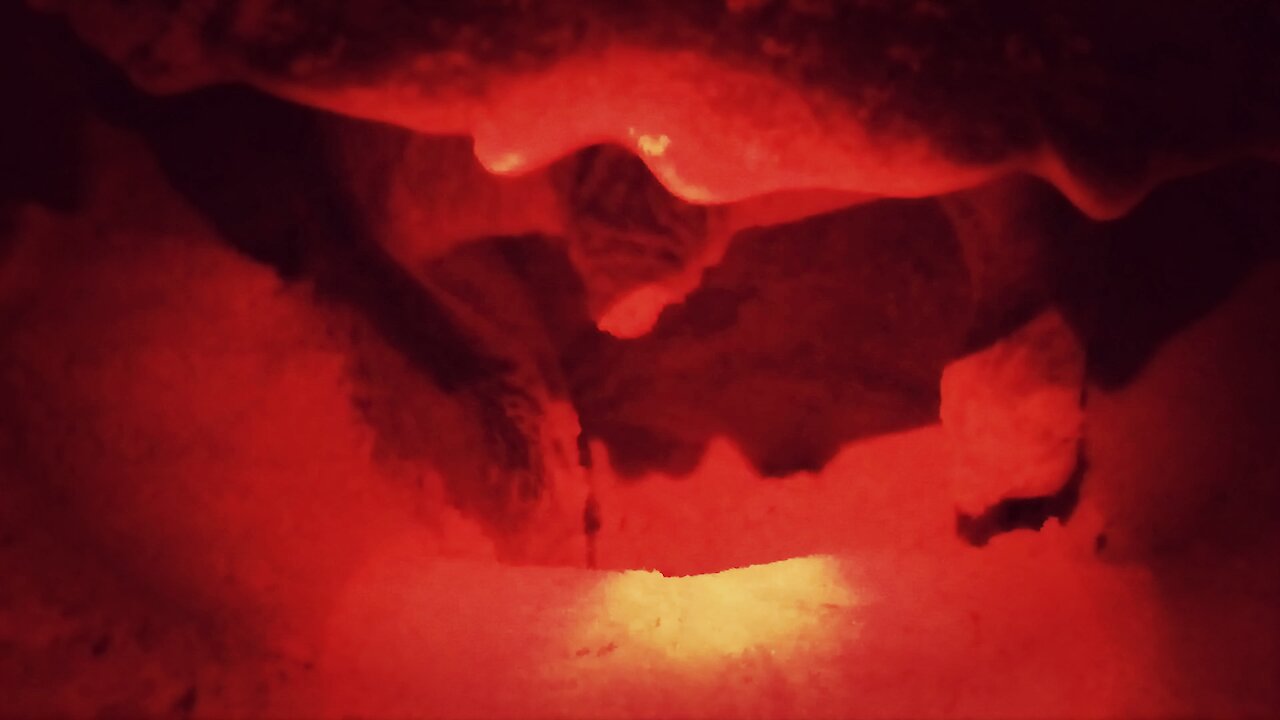
Heroic biologist helps a crippled sea turtle dig her nest
This female sea turtle is ready to lay her eggs, but she needs to dig a nest first. The problem is that she is missing a flipper, which makes it much harder. Thankfully, a biologist who was monitoring the nesting sea turtles gave her a hand (literally)!
The video is dark because only red light can be used on nesting sea turtles, so that it won't scare them away.
There are seven species of Sea Turtles in the world: the Green Sea Turtle (Chelonia mydas), the Loggerhead Sea Turtle (Caretta caretta), the Hawksbill Sea Turtle (Eretmochelys imbricata), the Leatherback Sea Turtle (Dermochelys coriacea), the Olive Ridley Sea Turtle (Lepidochelys olivacea), the Kemp's Ridley Sea Turtle (Lepidochelys kempii), and the Flatback Sea Turtle (Natator depressus).
The animal in the video is an Olive Ridley, the second smallest species, but the most abundant one, although it is listed as a Vulnerable species.
When they hatch, sea turtles crawl to the ocean, where the survivors spend the rest of their lives. Males never go back to land, but females have to, so that they can nest. They find their way back to the same beach where they hatched, decades later, then crawl up the beach, usually when it is dark, and when they find the perfect spot, the digging begins. It can take a whole hour to dig a nest, then lay the eggs, cover it up, and make sure nobody finds it, because that is all the parental care they are going to get: making sure the eggs are as safe as possible before the mother goes back to the ocean. It is truly impressive how they can dig such a perfect nest, having only flippers. They slowly scoop the sand out with one hind flipper, throw it away, then make sure there's no sand left on the other flipper before putting that one down in the hole to repeat the process. Pay attention when watching the video and you'll be able to observe that meticulous process.
-
 0:31
0:31
NataliaCara
2 years agoAdorable rescued Crab-eating Fox pup wants to catch what's making the weird noise
184 -
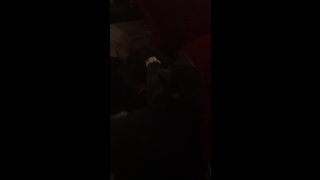 1:01
1:01
Tdenton37
5 years ago $9.46 earnedHeroic cat helps boy deal with his autism
5.36K1 -
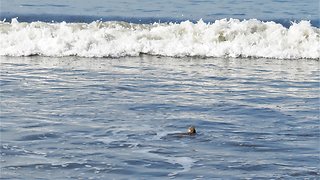 0:37
0:37
NataliaCara
5 years agoCrippled Sea Turtle gets released back into the ocean
4.93K -
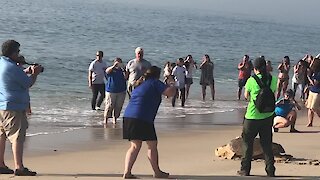 2:10
2:10
butterflynurse
5 years ago $3.97 earnedCrowd gathers to watch sea turtle released into the ocean
7.32K -
 3:23
3:23
ViralHog
5 years ago $0.19 earnedHorse Helps Fulfill a Woman's Wish
2761 -
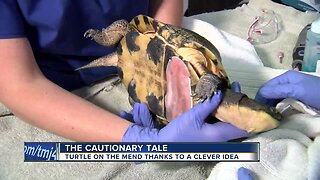 1:48
1:48
WTMJMilwaukee
5 years agoDentist's clever idea helps mend turtle shell
43 -
 1:52
1:52
WTMJMilwaukee
5 years agoDentist's clever idea helps mend broken turtle shell
12 -
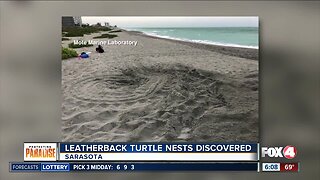 1:49
1:49
WFTX
5 years agoRare leatherback sea turtle nest found in Sarasota County
36 -
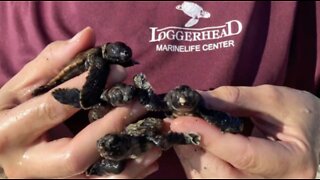 1:54
1:54
WPTV
5 years agoLoggerhead Marinelife Center breaks all-time sea turtle nest count record
19 -
 0:50
0:50
WTMJMilwaukee
5 years agoMCTS driver helps turtle cross road in Oak Creek
4